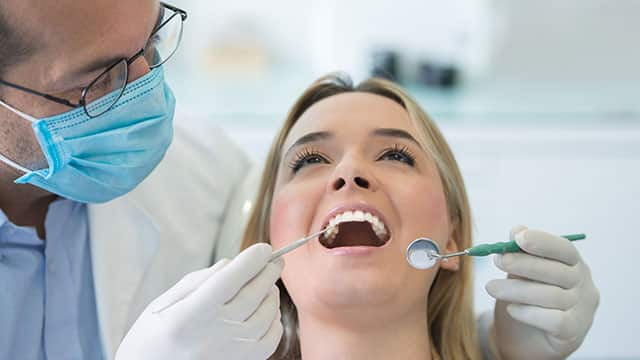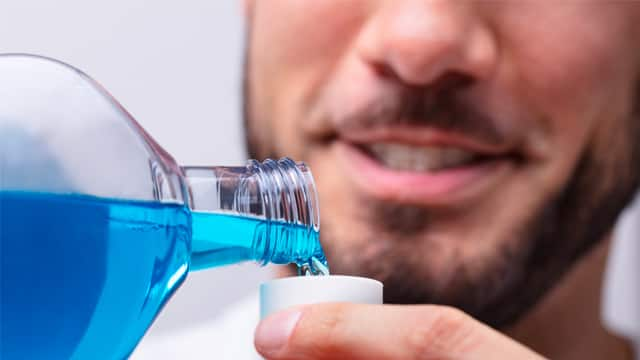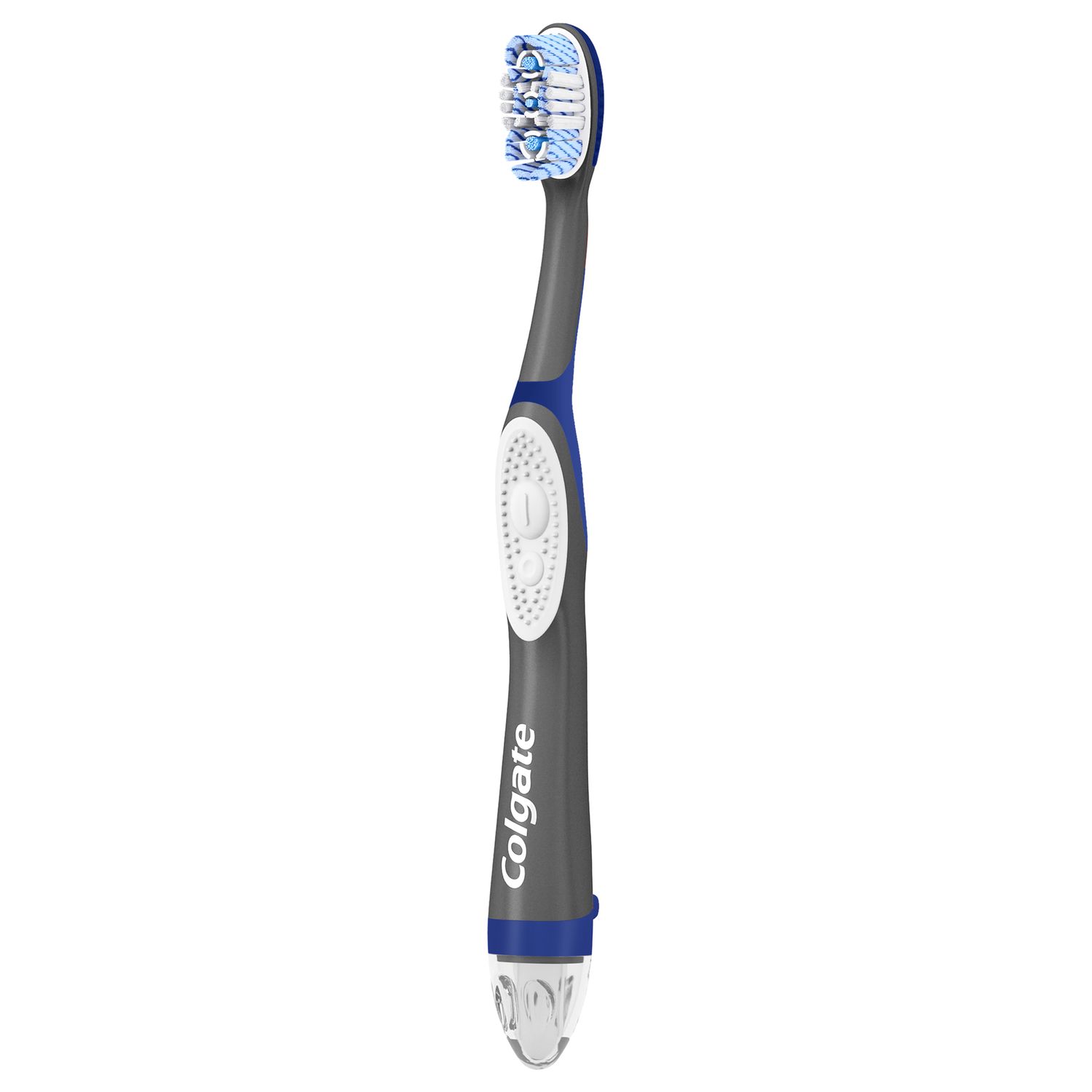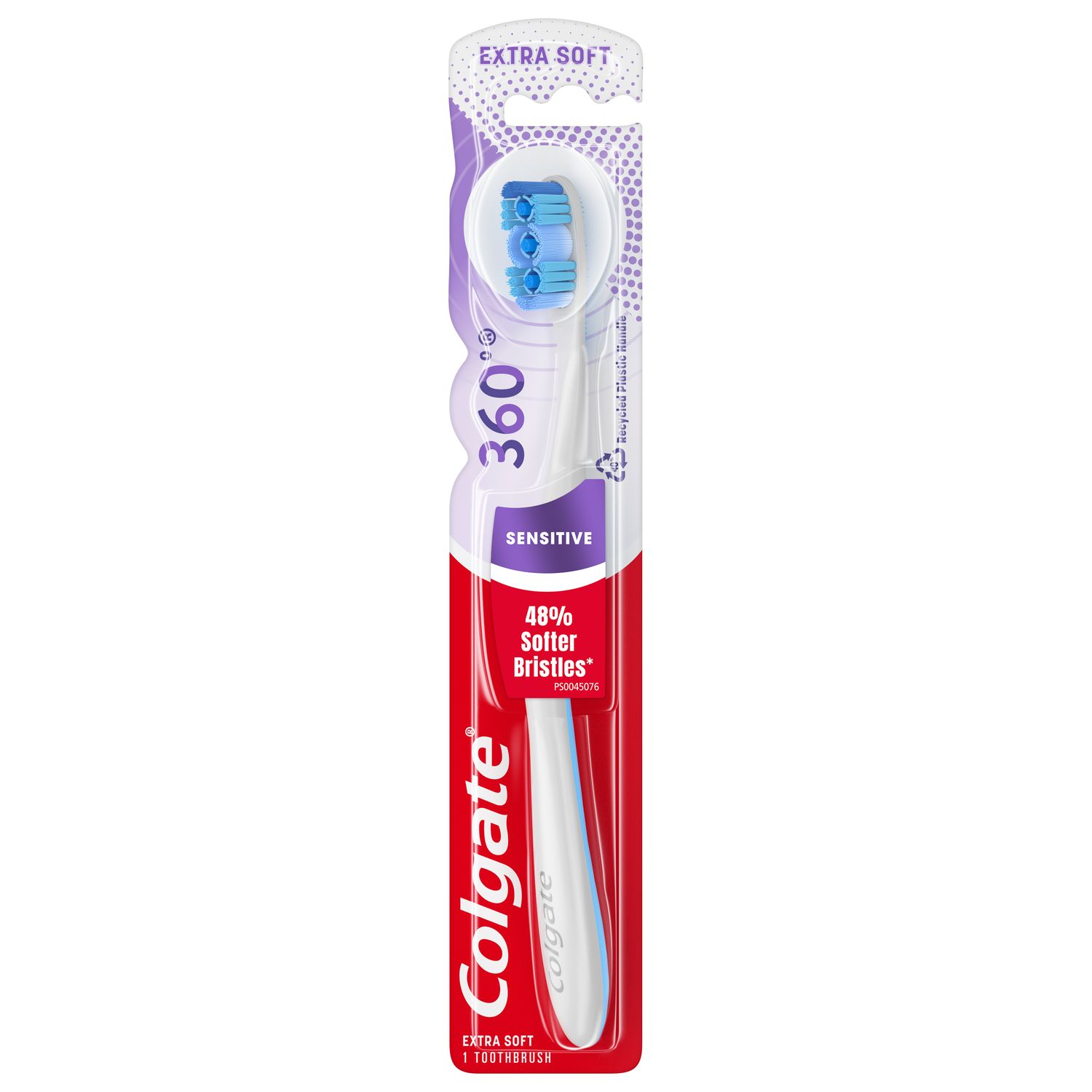Find out what black tartar is, how a dental professional removes it, and what you can do to prevent tartar build-up in the future to keep your smile bright!
What is Black Tartar?
When bacteria builds up around the gum line, it creates a layer of plaque – a soft, sticky, colorless film that can be removed by brushing and flossing. Untreated plaque can harden and turn into calculus, which requires professional cleaning to be removed. Tartar turns black as a result of being stained. This black discoloration could be caused by:
- Bleeding gums
- Dark beverages
- Smoking
- How long tartar has been on your teeth
Tartar makes practicing good oral hygiene more complicated and can provide more places for bacteria to hide, often leading to more severe oral health issues.
What Complications Can Arise?
Plaque and tartar both cause gum disease. In its earliest stages, gum disease is called gingivitis. According to the Journal of Dental Research, nearly half of adults over 30 in the US (47.1 percent) have some form of gum disease. Left untreated, gingivitis can develop into periodontitis. This more severe form of gum disease can cause your teeth to loosen or even fall out.
How To Remove Black Tartar From Your Teeth
If you have tartar build-up on your teeth, a dental professional can help with a procedure called scaling and root planing. They will use manual tools (like stainless steel scrapers) and ultrasonic vibrations to remove tartar from your teeth and gums. They can also smooth out your teeth roots to ensure your gums reattach after the procedure. Depending on your teeth and gums' condition, scaling and root planing can require one or more visits to remove all tartar effectively.
When it comes to using sharp objects near sensitive gum tissue, it's best to leave the job to the professionals – so resist the temptation to buy a plaque scraper from your local grocery or drug store. According to the American Dental Association, dental hygienists spend at least two years at a college or university to receive their degree. This extensive training ensures that they know how to safely and effectively use dental scalers and other tools to treat you in the best way possible.
How To Prevent Black Tartar
Practicing good oral hygiene is the best way to prevent tartar from collecting on and between your teeth. Some care tips:
- Brush 2x a day If regular brushing is already part of your routine, double-check that you are using the correct technique. Use a tartar control toothpaste that's designed to remove as much plaque as possible.
- Clean between your teeth once a day. Use a water flosser or interdental brush to get between your teeth and under your gum line to remove irritants like bacteria and food debris and help reduce inflammation.
- Add a mouthrinse for extra protection. An over-the-counter anti-microbial mouthrinse will help treat infection and control bacterial growth in your mouth. Ask a dental professional for their recommendation.
See your dental professional for regular appointments –they can identify any developing conditions early for treatment and remove plaque before turning into tartar.
While black tartar on your teeth isn't something to celebrate, it isn't difficult to get rid of. If you think you already have tartar buildup on your teeth, contact your dental professional right away. They can do what's necessary to get your oral health back to a condition you can smile about.
This article is intended to promote understanding of and knowledge about general oral health topics. It is not intended to be a substitute for professional advice, diagnosis or treatment. Always seek the advice of your dentist or other qualified healthcare provider with any questions you may have regarding a medical condition or treatment.
ORAL HEALTH QUIZ
What's behind your smile?
Take our Oral Health assessment to get the most from your oral care routine
ORAL HEALTH QUIZ
What's behind your smile?
Take our Oral Health assessment to get the most from your oral care routine















